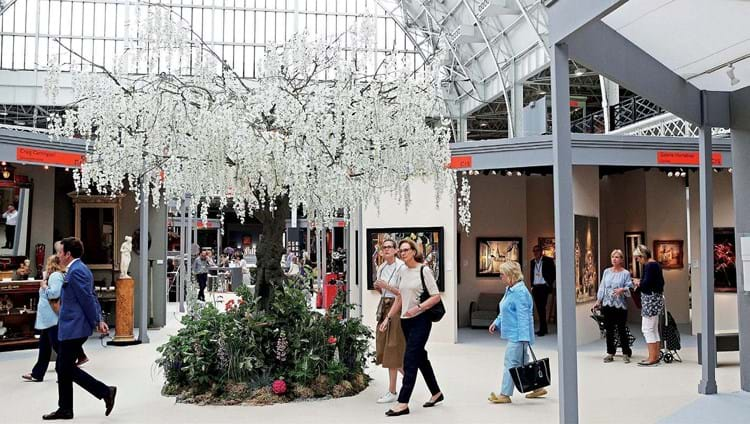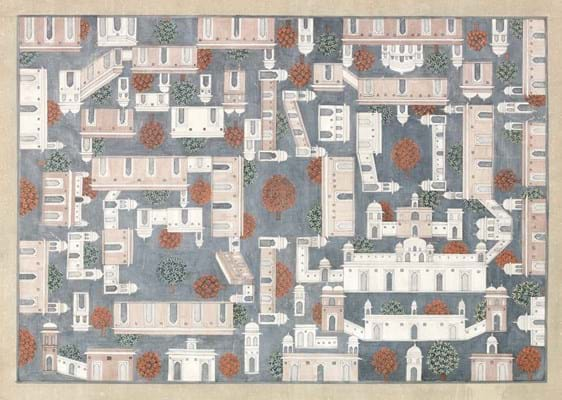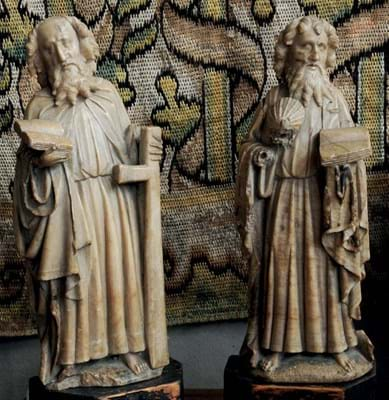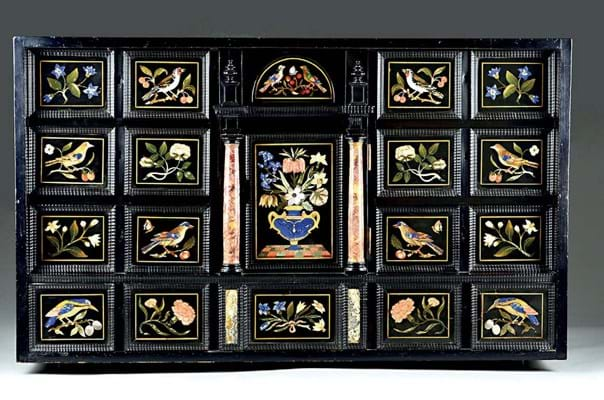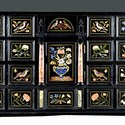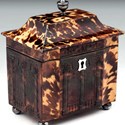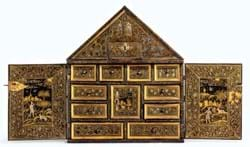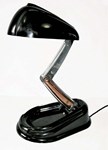At the recent Art & Antiques Fair Olympia there were many sales and a number of satisfied dealers, but also a sense of gloom.
The good news first. The 46th staging of the antiques fair, which ran from June 20-27, had some first-time buyers coming through the doors. That was thanks to a new link-up with a trio of lifestyle events, all combined under the heading of The House and Garden Festival.
Clock dealer Richard Price was one who benefited from the crossover, selling a wall clock for just under £4000 to a House and Garden visitor. Cube Gallery sold 16 pieces on its stand to a buyer from the same place.
Asian art dealer Joost van den Bergh, meanwhile, reported meeting a client he knew but who was a first-time visitor at Olympia when she came across from the lifestyle events.
Lower-price successes
For some of those offering lower-value items there was a high number of sales. It was – according to this journalist’s unscientific survey during the fair – objects offered at around or below £5000 that had the most success.
Cornelia Perquin of Precious Flora said that she was “positive” as the fair drew to a close, and she had enjoyed a number of sales in the three-figure range.
Modern British art dealer Harry Moore-Gwyn was similarly pleased to sell some of his unframed drawings and watercolours, his lower-priced offerings of around £300-800.
Meanwhile, ceramics dealer Morgan Strickland also found that smaller objects were popular, selling 12 pieces in one day.
And in fact, some bigger-ticket items sold too, if perhaps in lower volumes. Robin Martin Antiques had one of its “best fairs in years”, selling its star piece, a pietra dura and ebony cabinet.
Mark Goodger at Hampton Antiques found a new home for a tortoiseshell tea caddy (above right) priced at £10,000. One of the best stories came from Art Deco dealer Jeroen Markies, who sold all the furniture on his stand to a single pair of clients who were shopping to decorate their Art Deco home.
Following the event, Clarion’s Mary Claire Boyd, the fair director, praised the quality of buyers and stressed that sales had been “consistent across the board with encouraging furniture sales”.
And yet, despite this, there were many who found fault with the venerable event’s latest staging.
It has had its share of criticism in the past. However, dissatisfaction was more pronounced from some participants this year, as they bemoaned low footfall and the link-up with other events.
Exactly what affected the event was discussed at length. Some, who deemed its performance an aberration, blamed timing, location, duration, marketing, the good weather, the despondence of other participating dealers, the football and almost anything in between.
For others, however, it was the natural course of a fair with its glory days behind it. It may still be one of the largest and best-selling platforms for some of its exhibitors. But for many others, it has ceased to be the reliable money-spinner of its peak in the 1980s and ‘90s.
“I feel that it’s on its last legs unless something really dramatic happens. I’m doing my best to make people come but there are not enough good or interesting things here to draw them to it,” said long-standing participant Thomas Woodham- Smith. “The fair has a lot of good history and Mary-Claire does a good job. This is just the challenge of the middle market. It might be the deadest part of the trade right now.”
For buyers arriving in London on a real quest to spend, there was the temptation on the preview day of the nearby Masterpiece London, which specialises in the unusual, unmatchable and expensive.
One buyer was said to have arrived at the Olympia fair with £25,000, only to announce that he planned to look around Masterpiece before deciding how he would apportion his money between the two events.
Olympia might have been difficult, some dealers reflected, but that was no surprise and not necessarily the fault of the fair.
Uncertainty
For example, Jeremy Astfalk of The Old Corkscrew said: “The fair was always going to be a challenge with Brexit uncertainty and general economic conditions working against the market for luxury items. This meant extra effort in getting my own client base fired up and actually attending.”
Though he added that his pre-event postal drop, “which usually has a 40-60% hit rate, was down to about 20%”, those who did respond also bought.
For Norfolk dealer James Brett, the situation was much the same: “It is a well-run fair and has been as busy as I expected in this economic climate. I can’t speak for others but we have done a decent bit of business and as done as well as we expected”.


